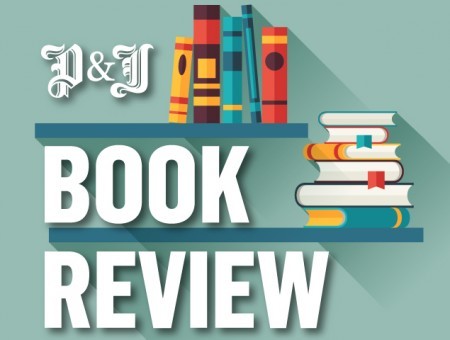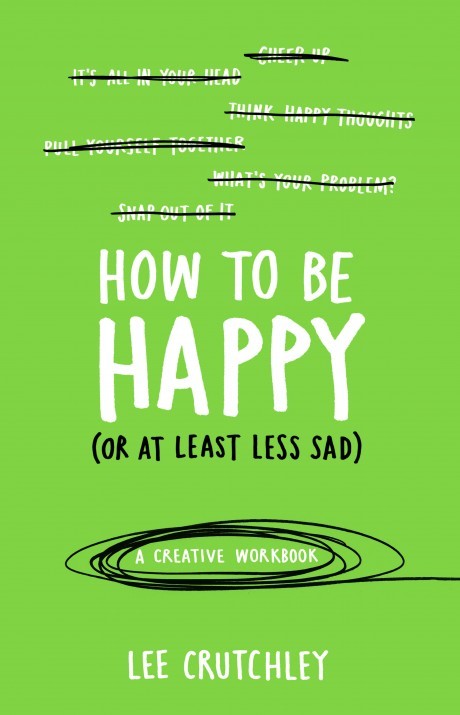Paperback by Ebury Press, priced £8.99.
One in four of us will experience some sort of mental health problem during the year. That’s quite the statistic isn’t it? Although many people may only think of the extremes of mental health, it’s clear from this figure that anxiety and depression can be closer to home than we allow ourselves to believe.
Author Lee Crutchley doesn’t claim to offer a cure for mental health, nor does he claim to have a fool-proof method for recovery. While he claims How To Be Happy (Or At Least Less Sad) isn’t a self-help book, it is exactly that in the literal sense of the words.
Throughout the pages, Crutchley offers self-assessment questions and space to write how you feel, along with punchy quotes and inspirational advice. He never makes anything difficult to understand, and offers snippets of his own experiences to change his role from author to friend, confidant and teacher. Simply put, this workbook doesn’t tell you the answers, it simply offers you motivating ways of finding them for yourself.
He asks you to think about the simpler things in life, for example, by writing down good things that have happened to you that day, no matter how small it may be, and helps you to realise how things that seem, at times, like the end of the world in fact aren’t, by writing down the possible outcomes.
It teaches you the important fact that we should accept all emotions, both happy and sad – remembering they are all essential in the balance of life. The main theme Crutchley is keen to stress is how we should change our mindsets to remember that happiness is not a destination, but a journey.

